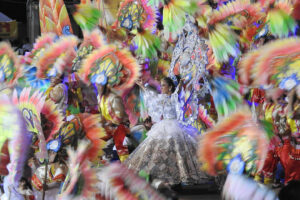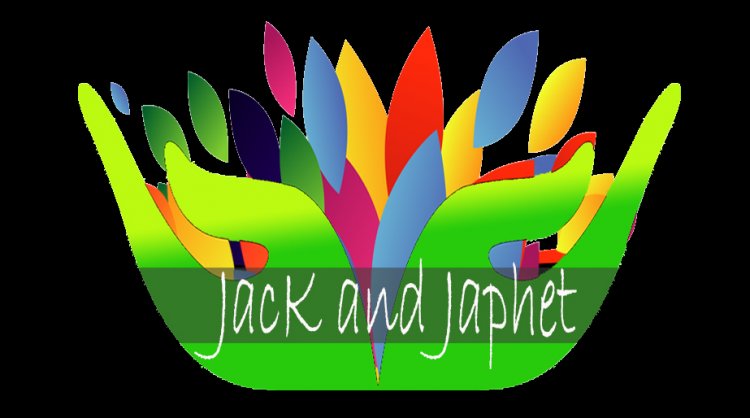Aliwan Fiesta returns to in-person festivities in 2023
ALIWAN FIESTA, an annual event that gathers festive traditions from the different regions in the Philippines, returns to the streets of Manila and Pasay on July 13 to 15. But this year the parade route will limited to the Cultural Center of the Philippines Complex due to road repairs along Roxas Blvd. in the City […]

ALIWAN FIESTA, an annual event that gathers festive traditions from the different regions in the Philippines, returns to the streets of Manila and Pasay on July 13 to 15.
But this year the parade route will limited to the Cultural Center of the Philippines Complex due to road repairs along Roxas Blvd. in the City of Manila.
The event had been on hold since 2019 due to the COVID-19 pandemic.
“As the highest manifestation of community life in the country, fiestas have inspired some of the greatest and more enduring creations in Philippine arts, cuisine, and even attire,” said Fred J. Elizalde, chairman of the FJE Group of Companies in a statement. “They also manifest our resilience and emit that ray of hope that has helped Filipinos to survive amid trials and adversities.”
“Aliwan Fiesta… has grown to massive proportions, surpassing all expectations, and now playing a lead role in bridging regional differences while manifesting our culture of peace,” he said in the foreword of the new book, Aliwan Fiesta: Cultural Heritage in Motion.
The event was conceived in 2003 by Manila Broadcasting Company, owned by the FJE Group of Companies, and the Cultural Center of the Philippines (CCP), in cooperation with the cities of Manila and Pasay.
The event brings together the winning performance groups from the multitude of fiestas held throughout the country. These groups then showcase their winning form in parades. The groups vie for a large cash prize.
About 5,000 people take part each year, with an estimated triple that number attending the nightly festivities along Sotto St., outside Star City and Aliw Theater.
Aside from the street dancing parades, there are flea markets featuring products from the different regions, and entertainment care of local musicians.
There is also a beauty pageant, as well as competitions in float design and street dance.
Aliwan Fiesta officials encourage participants to incorporate local folklore, religious devotion, and facets of day-to-day living in their costumes, props, and concepts. Thus, the inclusion of epics like Biag ni Lam-ang, and reenactments such as farmers in thanksgiving for nature’s bounty that have been themes in the street dancing and floats.
“An inherent part of the Filipino spirit is the joy of life. We easily find reasons to celebrate even in the very mundane things of everyday living,” said Ruperto S. Nicdao, Jr., president of the Manila Broadcasting Company, in the introduction of the same book.
“The festivals that take part in Aliwan Fiesta every year enable audiences to catch a kaleidoscopic glimpse of how these [cultural celebrations] are celebrated in various parts of the country — all in one convergent whole, without the expense of traveling from island to island, and reducing them to a single time capsule,” he said. — Patricia B. Mirasol













